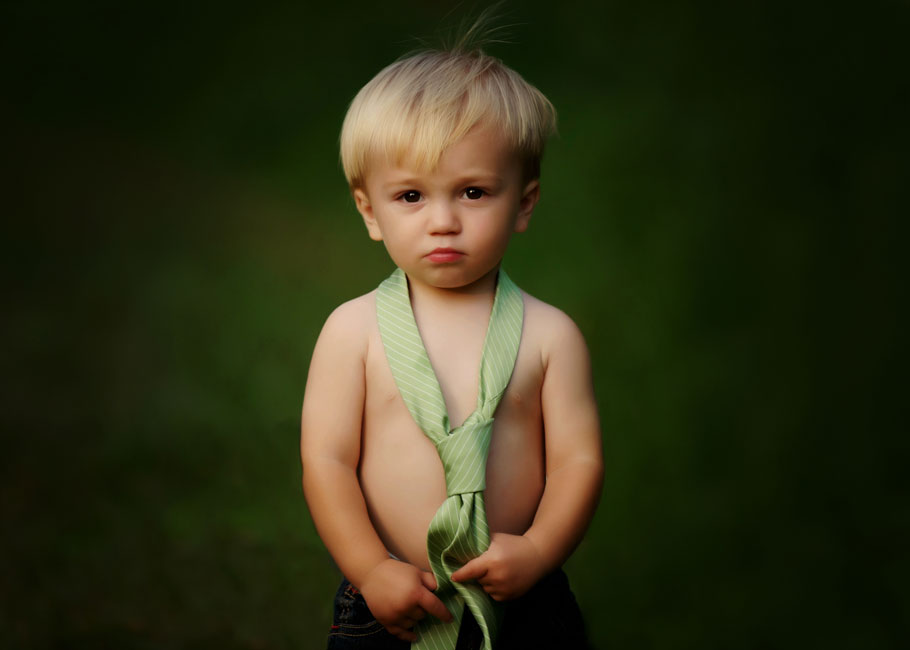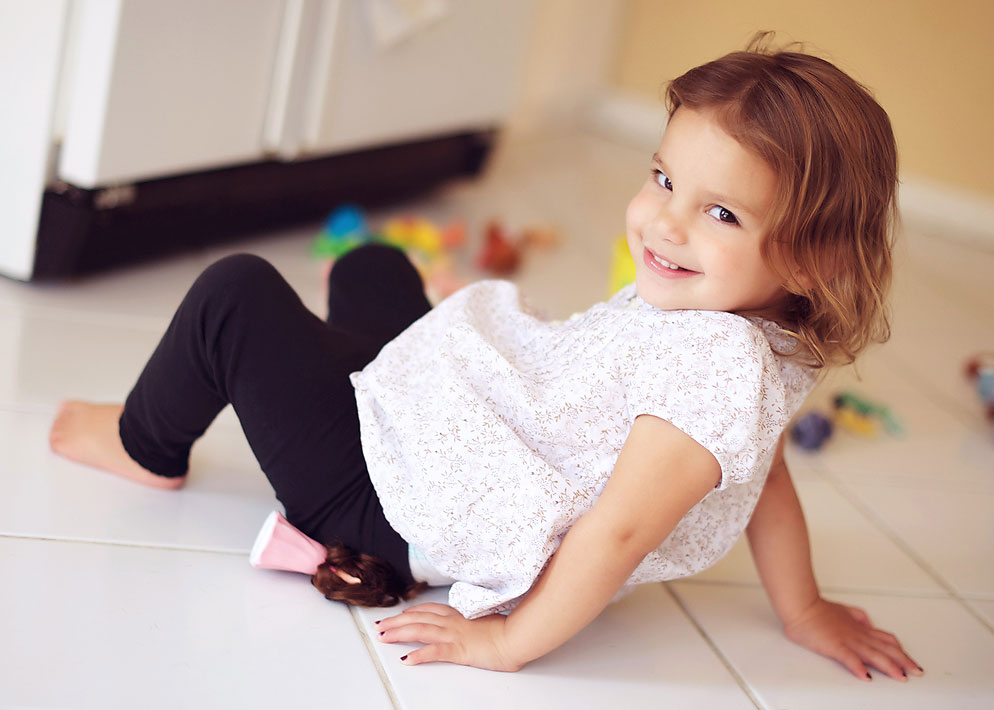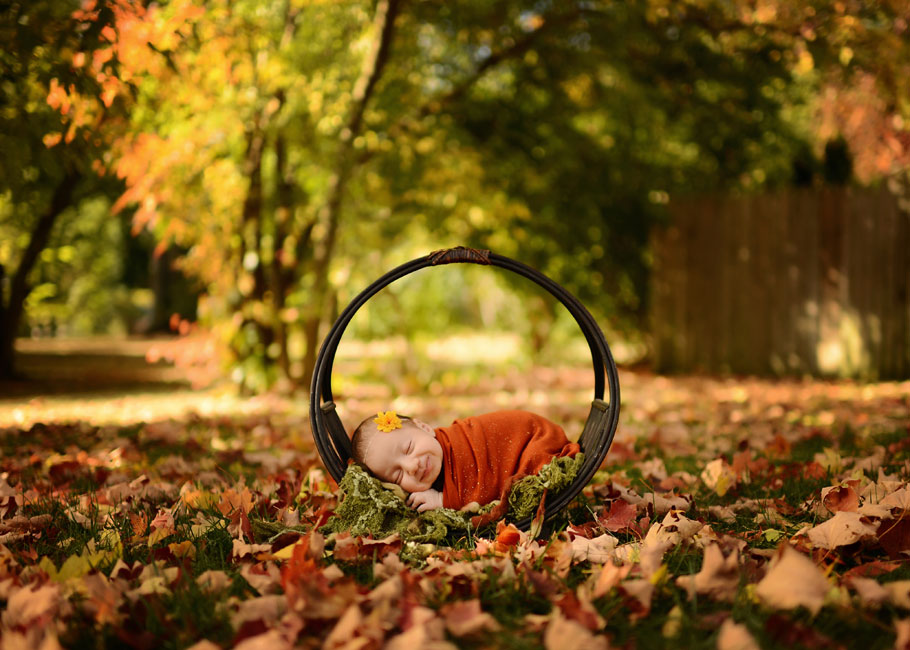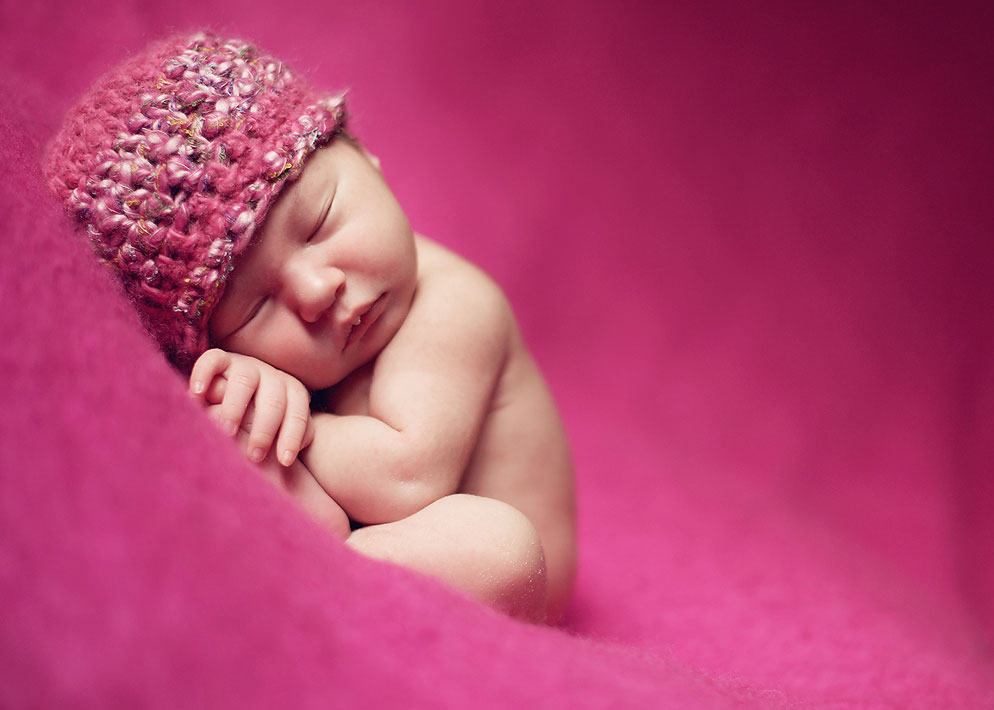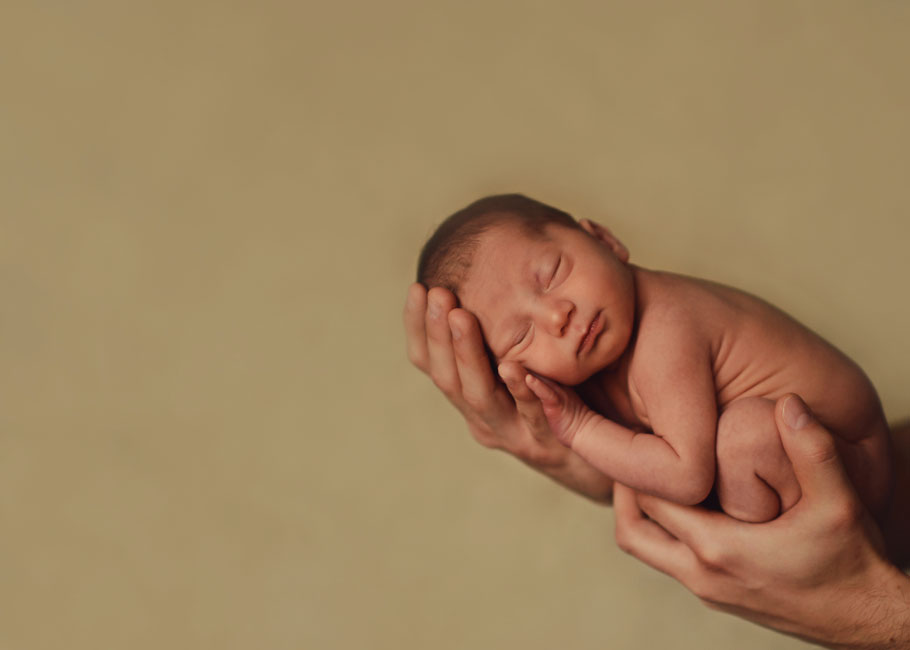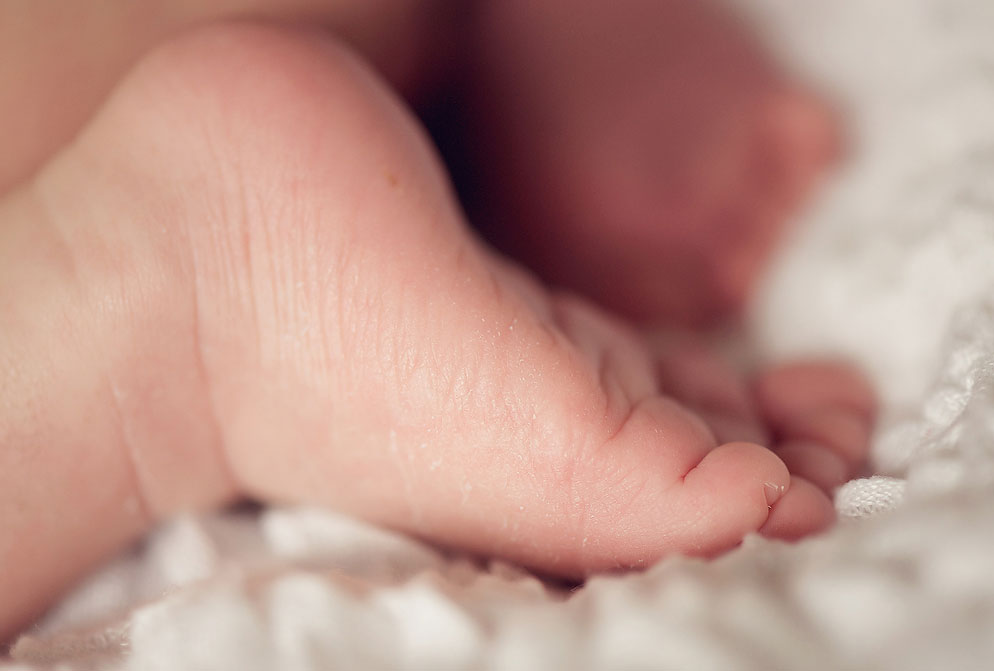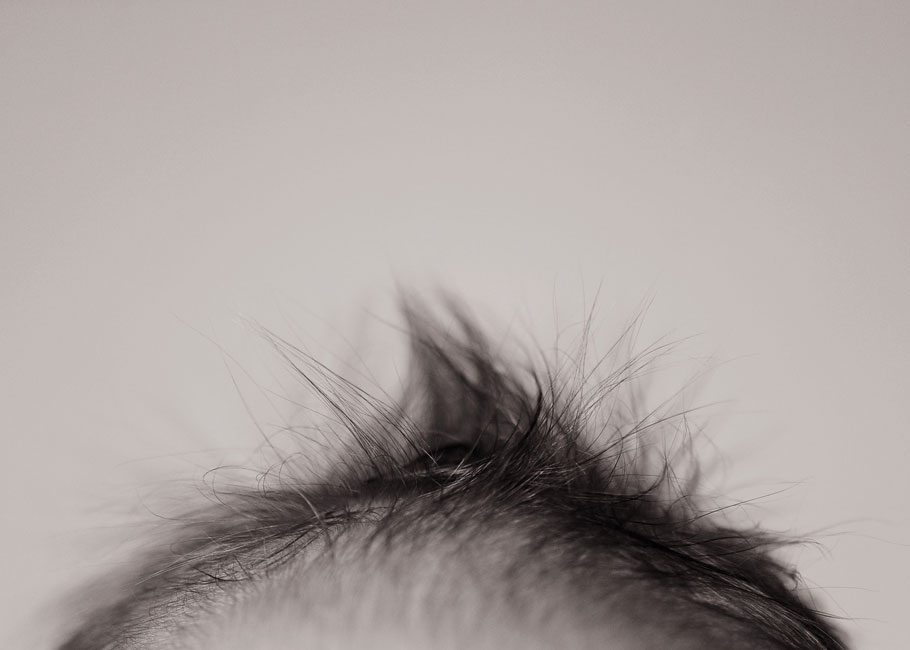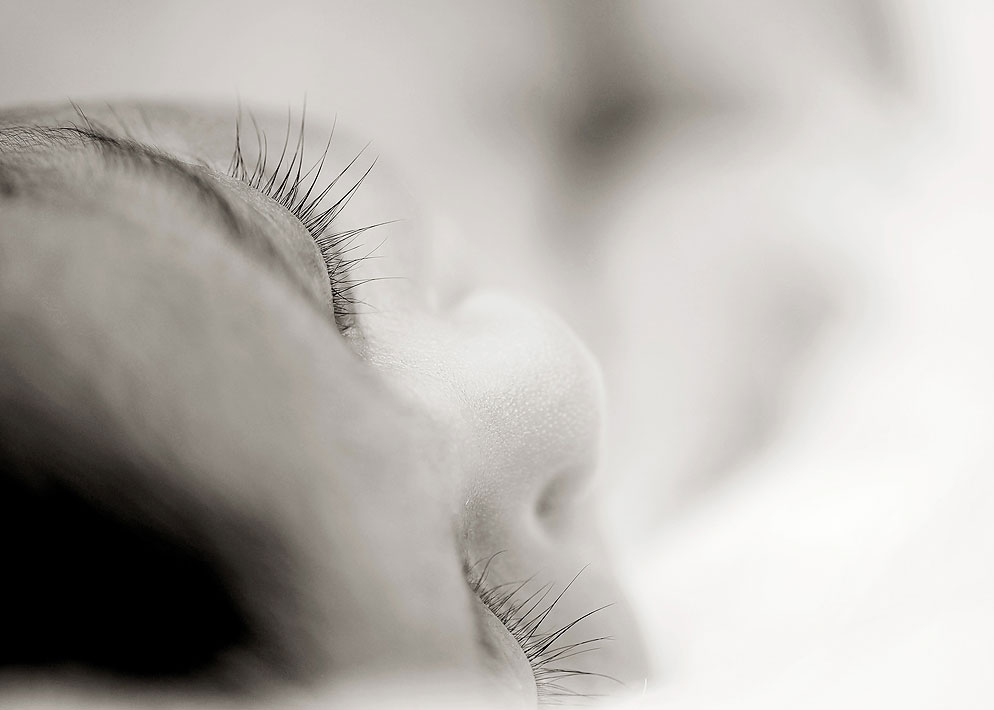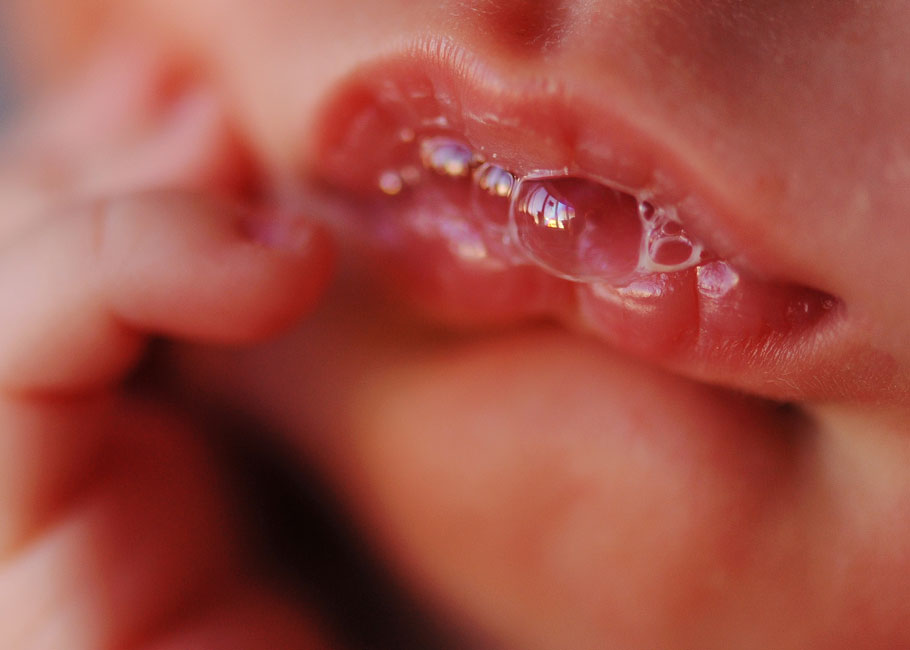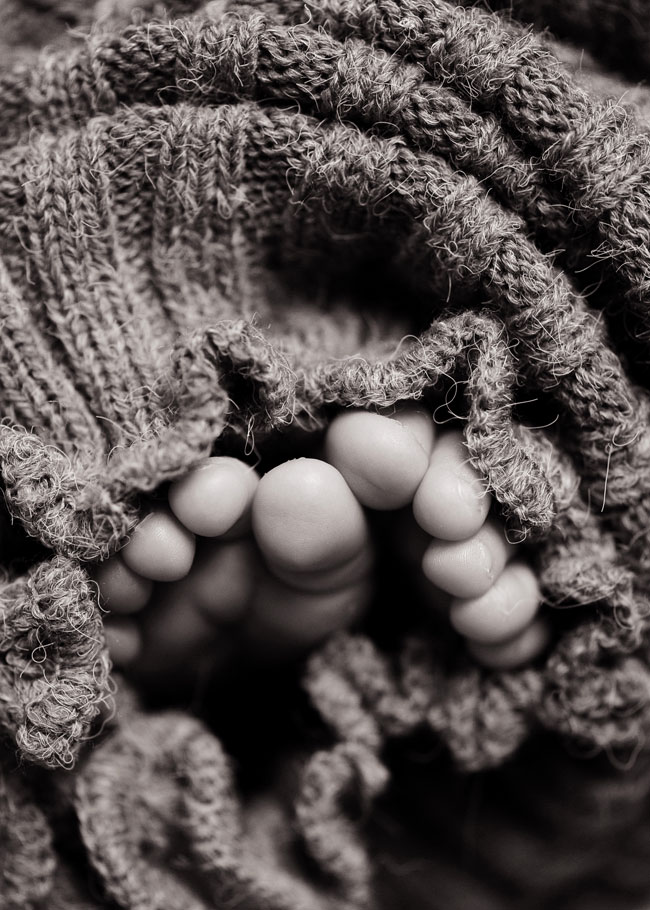Summer Lyn: Photographing Babies, Toddlers & Kids
As a professional photographer who specializes in kids, Summer Lyn has an arsenal of tested, proven, no-doubt-about-it successful techniques, strategies, plans and approaches for getting the best images of her clients' children.
But when it comes to photographing her own kids...pretty much none of it will work.
"My kids see me every day, so nothing I do or say is new or interesting to them," Summer says. And make no mistake—being interesting is the first and most important key to getting great pictures.
Fortunately, Summer says it's the easiest part of her job because it just comes naturally. "Babies, toddlers, older kids—they can see through you if you're not really interested in them. When people ask me, 'How do you do it?' I always tell them, 'Just get to know the kids. Kids are fun, they're intriguing. If you get to know them, you're going to capture them."
"I always approach with the camera," Summer says. "I'll have it in my hands or around my neck when I get out of the car at their house. So it's never that I'm around the children, getting to know them and then I suddenly pull out this big, black box and put it in front of my face. I have the camera in sight always, so they know its part of me."
The very fact that there's a camera in sight can make her interesting to the child. "Part of it is having them want to know about me: 'What's this girl all about? What is she doing?' "
Even though the camera is in plain sight, she will give the kids some time to get to know her before she starts taking pictures. "I give them that space, that warm-up time to build some trust. Trust has to come first."
Then there's timing. "I need to work around the child's schedule, need to know when the child naps. If she naps at 1:00 and gets up at 2:30, then she can have a quick lunch and she's ready. She's not tired, she's well fed—that's the basic. The times [for the shoot] are always set up around well-rested, well-fed babies...or else you're going to get some tantrums."
And there's location. Working in the families' homes is a big plus. "It's a comfort thing for the kids—you want them to show you their house so they're comfortable with you being there."
For toddlers there's also the squeaky toy gambit. "The only thing I use as an attention-getter with a child who's not interested in me is this little ball that squeaks. I'll put it in my mouth and squeak it while I'm holding the camera."
But her own kids? They're well beyond squeaky toys and being surprised by their mom. "My kids see me with the camera all the time, they know me, and they generally won't look at me for anything."
Still, Summer says, strategies can be adapted and family knowledge can be put to work. Your kids may not be surprised by you, but you know the area of the house your children prefer; you know what they like to do; you know their schedules. Sometimes you just stumble on something—as Summer did for the second photo here. "That's my daughter, doing her own thing, [playing] with the magnets on the fridge. I might have said something to get her to look at me and smile. The most important part about photographing your own kids is to capture the moment they're involved in. It's those natural moments you have to look for."
And when that moment arrives, you've got to be ready.
Well, actually, you should be ready before the moment arrives, almost pressing the shutter release a millisecond before the moment. "That comes with experience," Summer says, "with knowing the kind of image you want to get and what the child does."
Although there are exceptions, for the most part you should be shooting from the child's level. "You can't overpower a child," Summer says. "She doesn't want to look up; she wants you to be on her level, where she's going to trust you and look at you."
The lens you're looking through can make a big difference. Summer prefers prime lenses—that is, single focal length lenses—with the AF-S NIKKOR 50mm f/1.4G a particular favorite.
Primes are generally lighter and smaller than zooms, but she likes them for their large maximum apertures that allow in more light. Since she often photographs in the client's house, lighting can be a problem. "I try to use natural light whenever I can," she says, "even if it's coming in through just one window. I'm going to bring the child over to that window and start working it."
She also likes to shoot wide open (the lens at its maximum aperture), or close to it, to get sharp focus on her subject and a pleasantly blurred, non-distracting background—as in the photograph of her daughter playing with the magnets.
Primes also allow her to shoot at faster shutter speeds. "I don't often have a lot of time—the baby is yawning, that's a second. I need to be able to capture a yawn or a smile or something that's going to happen fast. Photographing babies and toddlers you can miss those moments in a second, so if you don't have a fast lens it's not going to happen."
The final benefit of primes: "They physically make you move for a different composition, which can make a picture. Primes make you think; they make you evaluate your scene before composing."
No matter the lens, her literal point of focus is consistent. "It's always the eyes. I want them—or at least one of them—sharp. I want your eyes to go to the subject's eyes first; then I want your eyes to move around the image."
And where the focus goes, the metering follows. Summer almost always uses spot metering and takes the reading from the point of focus, which, of course, is most often the eyes of her subject.
A quick look at Summer's photos reveals her liking for black and white. It's not often planned; rather, it's almost always a decision made at the computer. She'll study a color image and make the decision to convert it to black and white based on her feeling about how strong and effective the photograph will be as a black and white. "I find the most effective black-and-white images come when there's emotion behind it...there has to be an emotional reaction in order for a black-and-white image to work. Sometimes I'm taking away the distraction of the color, and discovering the better emotion of the photo." Other than the conversion, she does minimal post-processing. "I work very hard to get the exposure right in the camera. If the lighting is right, you don't have to do much afterward."
PRO TIPS: $
Take Better Photos Of Babies, Toddlers & Kids:
-
Photograph babies after they've had a nap, and are well fed, otherwise you might get a tantrum.
-
Kids are fun and intriguing. If you get to know them, you're going to capture them.
-
Know the area of the house they're comfortable in, and/or the things they like to do.
-
Get down on their level, they'll trust you more.

